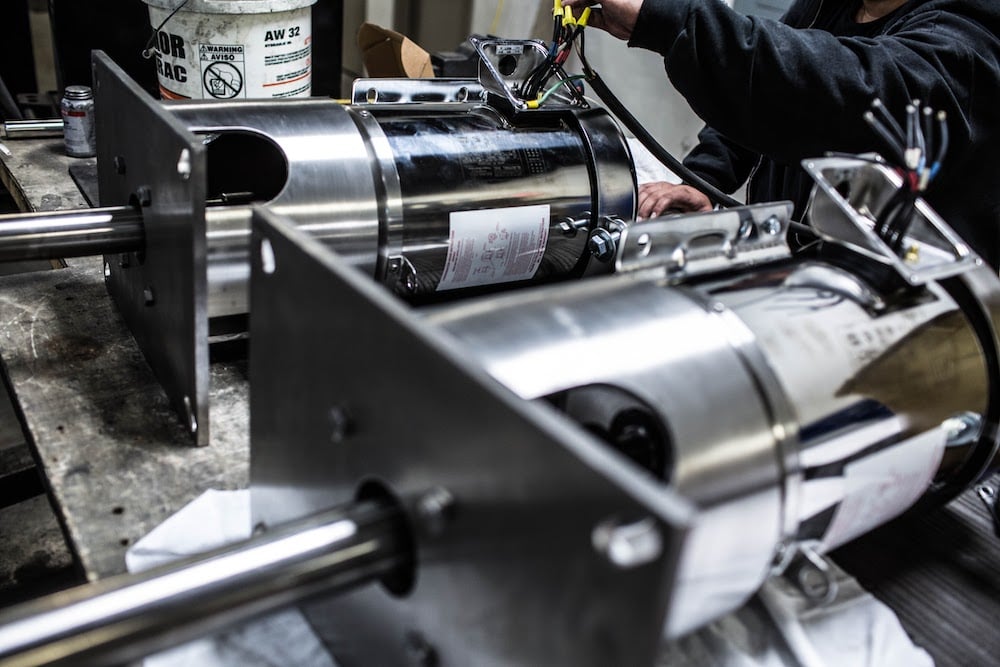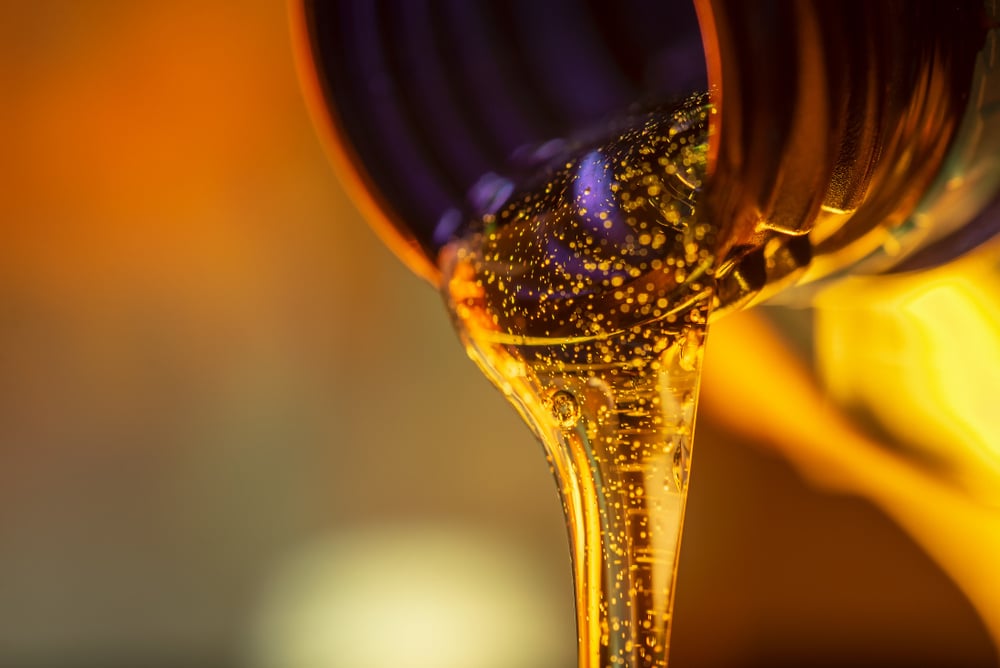Industrial Mixer Terminology: What You Need to Know Before You Buy
When you first start researching industrial mixers, it doesn’t take long before the jargon sets in. Even if the words sound familiar, their...

Access MXD Process resources including blogs, technical guides, manuals, and maintenance tips—everything you need to optimize, troubleshoot, and expand your process knowledge.
Discover who we are, the industries we serve, and the trusted brands behind our process equipment and environmental solutions. Learn how our team brings precision, innovation, and reliability to every project.
The most simple definition of viscosity is – a measurement that describes a fluid's resistance to flow. Or, even more simply: liquid viscosity is a measure of how easily a liquid flows.
However, even the most straightforward definitions of viscosity contain terminology and concepts that might not be the most accessible. In this article, we’ll discuss the importance of viscosity and how it actually works.
Viscosity is essentially a numerical value that can explain a fluid’s resistance to flow. It’s sort of like how much friction liquid can have.
Think of the thickness difference between honey and water. Water would pour much more quickly through a sieve than honey would. The reason is because honey has a higher viscosity (or thickness) than water.
Let’s break it down even further into the subtypes of viscosity.
Viscosity can be divided into two main types:
The first is dynamic viscosity, sometimes called shear viscosity. This measures how a fluid resists shearing forces — that is, how layers of the fluid slide past each other at different speeds.
A good example of this is the Couette flow. Imagine two horizontal plates with liquid between them: one plate is moving steadily, while the other remains still.
Image source: By Duk at the English-language Wikipedia, CC BY-SA 3.0, https://commons.wikimedia.org/w/index.php?curid=4168566
As the top plate moves, the liquid layer is directly in contact with it and also starts to move. Meanwhile, the layer of liquid next to the stationary plate stays still or moves much slower. Each layer of liquid in between moves at a speed somewhere between the stationary bottom and the moving top.
The key takeaway here is that the liquid layers closer to the moving plate will flow faster, while the layers closer to the stationary plate will flow slower. This difference in flow rates from one layer to the next is what dynamic viscosity is all about.
Kinematic viscosity is essentially the ratio of dynamic viscosity to the fluid’s density. You can calculate it by dividing the dynamic viscosity by the fluid's mass density.
While dynamic viscosity helps us understand how molecules interact and respond to mechanical stress, kinematic viscosity is more focused on how a fluid flows in relation to its velocity field. This makes it useful in scenarios where the movement of the liquid itself, rather than the internal molecular interactions, is the primary concern.
So why is viscosity so important? It’s something that must be taken into consideration in a spectrum of jobs across different industries.
Food manufacturers measure viscosity to make their process more efficient and cost-effective. The specifications of their equipment must be designed so pipes are an adequate size, providing the proper amount of pressure; and gauging the length of time required for a product to set or dry before it is packaged and sold.
Additionally, it affects the food’s texture. It’s necessary to ensure that the substance is of a certain viscosity in order to produce the item properly and on a consistent basis.
For example, when filling a container with a liquid, the method of pouring would be determined by its viscosity – creamier dressings would require having more force behind them to encourage efficiency, as opposed to vinaigrettes, which have a lower viscosity and would pour more readily.
In the construction industry, there are several instances when viscosity comes into play:
Viscosity is a critical factor in the cosmetic industry, influencing the performance and usability of countless beauty products. For instance, lip liners, liquid eyeliners, and foundations need to have just the right consistency to glide on smoothly, provide precision, and offer long-lasting wear. Shampoos and conditioners must strike a balance between being thick enough to coat the hair effectively while still being easy to rinse out.
In skincare, products like moisturizers, serums, and creams rely on viscosity to ensure proper application and absorption. A thicker cream may be ideal for night-time hydration, while a lightweight serum requires a lower viscosity to penetrate the skin quickly without feeling heavy. Each product’s viscosity is carefully adjusted to meet its specific function.
In any industry where precision and consistency are key, mastering viscosity is crucial for achieving optimal performance. Whether it’s in high-shear mixing for industrial processes or fine-tuning the texture of cosmetic products, viscosity directly impacts the quality and final result.
A deep understanding of viscosity allows manufacturers to control how fluids behave, ensuring that each product meets specific performance standards, from smooth application to efficient production.
If you’re looking for more information on the impact of viscosity on industrial mixing, reach out to our team at MXD Process today.

When you first start researching industrial mixers, it doesn’t take long before the jargon sets in. Even if the words sound familiar, their...

Choosing the right mixing equipment is crucial for efficient processing and product quality. One of the key factors influencing this choice is the...
.jpg)
Have you ever wondered why your favorite lip balm stays put while your body mist sprays so smoothly? The secret lies in viscosity – the measure of a...